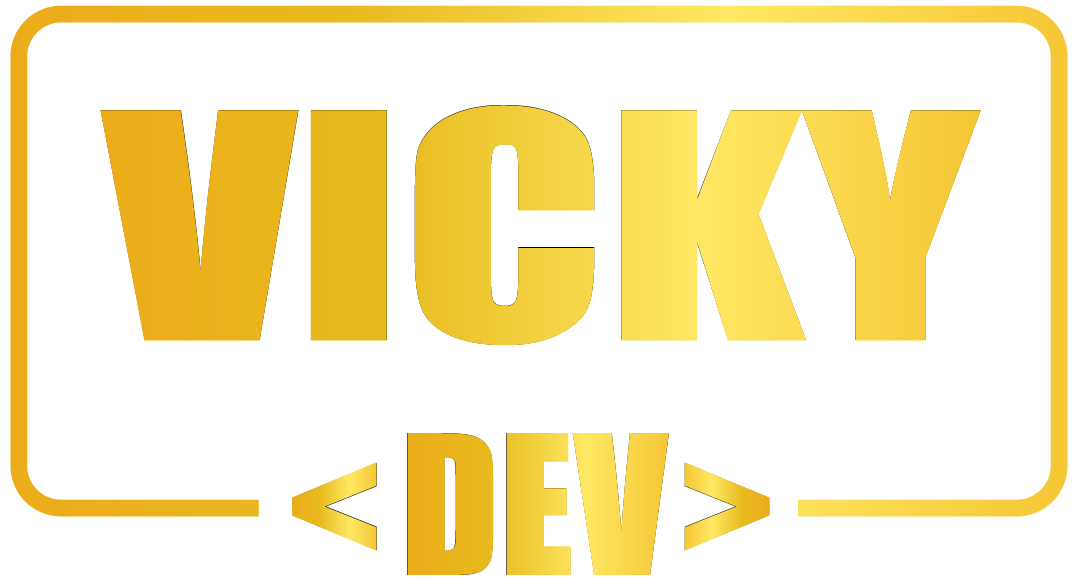When we talk of building digital products, we can easily get caught up in features, frameworks, and release dates. There is an aspect of product development that gets overlooked, however—the human factor. A user’s profile is not just another page in your app; it is his or her own little digital space of the world. From how you design profile picture options to how you celebrate their achievements, each choice impacts how users present themselves in your service. When executed well, profile elements can turn visitors into committed evangelists. Poorly executed, they can be an afterthought.
In this article, we will explain what having a coded existence and building profile features that are personal, inclusive, and compelling to come back to means. If you’re a developer, designer, or product thinker, these ideas will help you create user profiles that speak on a human level.
Why Profiles Matter More Than You Think
A user profile is not a settings catalog—it’s a statement of identity. For the majority of products, especially social, creative, or community-oriented apps, profiles are the gesture of welcome between the user and the rest of the app.
Think about it:
- Your LinkedIn profile sets your professional standing.
- Your GitHub profile is a portfolio of your work.
- Your Duolingo profile is proof of your persistence.
When they sign in, they’re not just interacting with your UI—they’re logging in to their digital identity. The richer and more thoughtful the profile experience, the higher level of engagement with your product.
Start with Personalization, Not Just Functionality
Much profile design starts with, “What fields do we need?” The wrong first question. Instead, start with, “How do we want users to feel when they make or edit their profile?”
For example:
- Do you want them to feel noticed? Offer inclusive options for names, pronouns, and imagery.
- Do you want them to feel expressive? Offer them options to customize layouts, themes, or bio spaces.
- Do you want to make them feel accomplished? Ask for achievements, milestones, or contributions to be called out on their profile directly.
A thoughtful first-time setup experience is crucial here. If becoming an onboarding member of a profile is dull or confusing, users may skip it—or worse, drop it.
The Art and Science of Profile Pictures
The profile photo is the first thing that most people notice—and the easiest way for users to express their personality. But it’s not just creating a profile photo feature that people want; it’s making it easy, convenient, and even fun.
Remember these design principles:
- Ease of Upload: Drag-and-drop, direct camera access, and simple cropping count.
- Inclusive Defaults: Have several default avatars available to those who don’t want to add their own photo.
- Image Safety: Include moderation tools or AI-powered screening to prevent inappropriate content from passing through.
- Playfulness: Filters, frames, and holiday themes can make this teeny little square of pixels a source of entertainment.
Picture platforms like Slack or Discord—so simple to change up profile pictures that users do it constantly. That’s an engagement you can’t buy.
Beyond the Basics: Deep Profile Features
After mastering the basics, think about features that make the profile rich and engaging, encouraging users to return.
- Activity Feeds: Display recent actions, posts, or contributions within the profile.
- Custom Sections: Allow users to include their own highlights—favorite projects, playlists, or quotes.
- Interactive Elements: Flipping badges, expandable skill charts, or embeddable media.
- Privacy Controls: Provide users with fine-grained control over who can see what and make the controls obvious.
Rich features bring profiles to life, but they should never overpower. Opt for features that enhance storytelling rather than taking up the page.
Managing Identity and Privacy
User-centric design is all about respecting boundaries. Not everyone wants to publish their entire life online, and the freedom to control what they see is a sense of empowerment.
The following are some of the methods to balance out:
- Enable users to toggle public, friends-only, and private modes for specific sections.
- Clearly mark what’s visible to whom—no guessing games.
- Make portions of your platform anonymously participatory, but let people accumulate a profile over time.
Remember: trust is difficult to earn, and easy to lose. Being privacy-first increasingly becomes a brand differentiator.
The Role of Microinteractions
Microinteractions—those small animations, sounds, or feedback moments—can animate a profile to life. A soft “pop” when saving changes, a glowing border when an image is refreshed, or a silky scroll reveal for new badges brings delight to the experience.
These items may not be important in and of themselves, but they express care. They communicate to the user, “We cared about you.” That emotional connection is priceless.
Testing with Real Humans (Not Just Internal QA)
One of the most common mistakes is to build profile features in a vacuum. Inhouse teams are too close to the product; they will not recognize the friction points an actual first-time user will trip over.
Instead:
- Have usability sessions with different types of testers.
- Watch how they respond to cues, decisions, and defaults.
- Ask them how they felt about the experience, not what they clicked on.
This qualitative feedback will reveal more than analytics can.
Final Thoughts: Profiles as Living Spaces
A user profile isn’t a fixed page—it’s a living space in your digital product. It shifts, changes, and reflects what the user is like at different points along their path. When you design profiles as an articulation of the user’s identity rather than a checkbox capability, you create something folks want to return to, edit, and share.
From the moment they put that very first picture up until the day they hit their 1,000th donation, the profile is the thread that ties their story together. And as builders, it is our privilege—and responsibility—to make that story worth telling.







